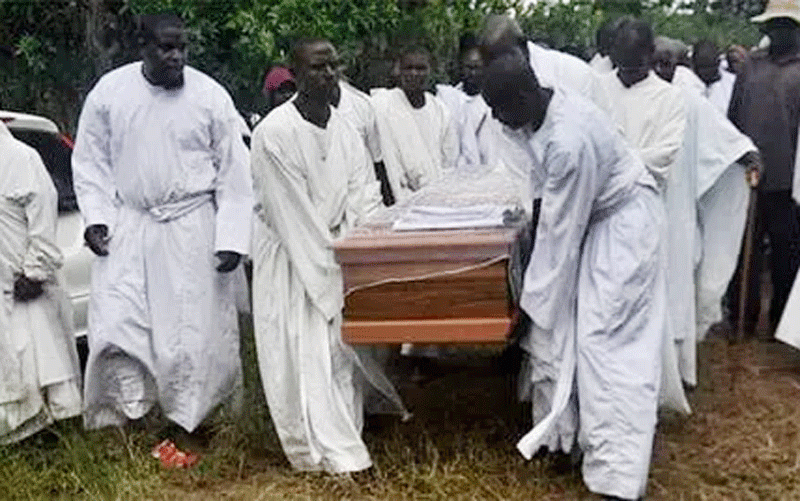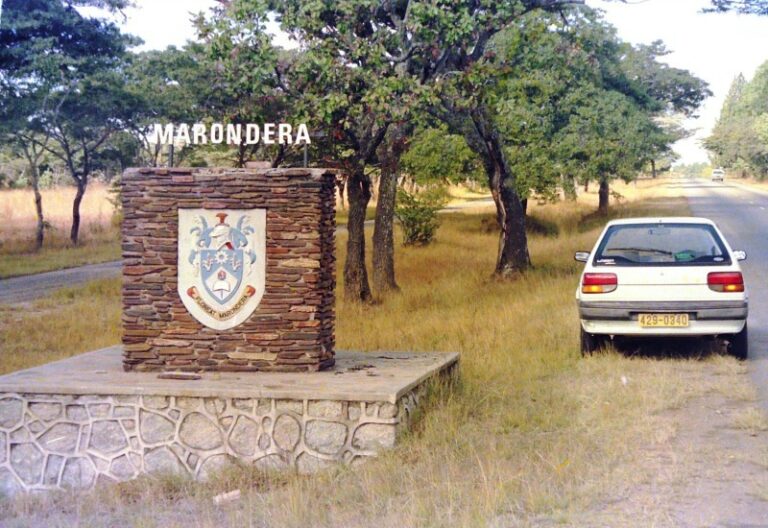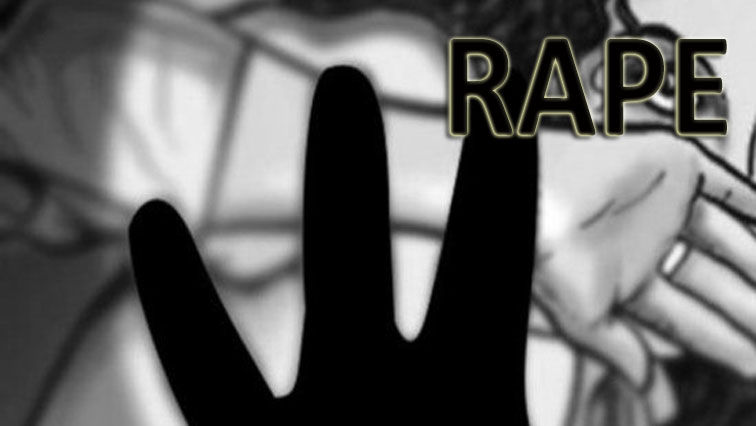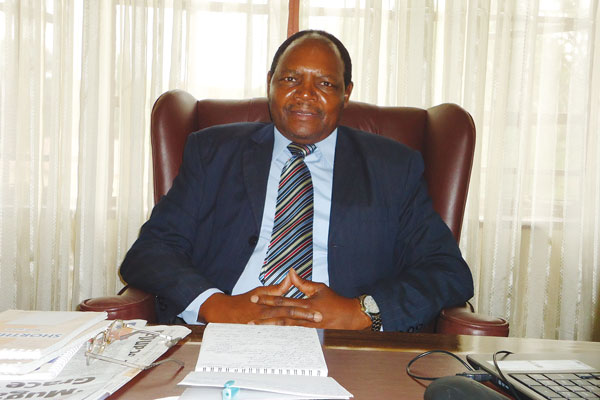
The Hwedza apostolic church leader who was allegedly killed by former police detective Jaison Muvevi met his death while conducting rituals at his shrine to forestall the tragic events of January 13, his followers say.
Chrispen Kanerusine (48) who was popularly known as Madzibaba Sirage from the Johane Masowe Chishanu Nguwo Chena sect was the first person to be killed by Muvevi in the Negombwe area.
The officer-in-charge of Hwedza police camp Inspector Maxwell Hove (43) and 27-year-old Munashe Majani, who was a barman at Ruzema Bottlestore, Mukamba Business Centre were also shot to death within hours of Sirage’s cold blooded murder.
A fellow apostolic sect leader Edison Moyo, also known as Madzibaba Eddie, told Standard People that Kanerusine had prophesied his demise.
“A week before, he prophetically told congregants that he saw a flag at half-mast near the shrine,” Moyo said.
“He said efforts to raise the flag from the half-mast were in vain.”
On the fateful day, some men from a different apolostolic sect shrine are said to have made a prophecy about the bloody events at Kanerusine’s shrine.
They allegedly warned the sect’s members to stop attending meetings involving Kanerusine and said blood was going to be shed at the shrine.
- We’ll shoot to kill: Police......as Hwedza cop killer appears in court
- Hwedza vendors recount horror encounter with triple murder suspect
- Hwedza killings: Slain sect leader ‘foretold’ own death
- Muvevi murder case: State withdrew charges against wrong suspect
Keep Reading
The men performed some spiritual divination acts including going around the shrine three times.
“After that, Madzibaba Sirage took over and that is when Muvevi came and shot him dead,” Moyo said.
“If the three men had travelled earlier the death could have been avoided, we could have prayed fervently but like what he had told the people, the flag refused to be raised higher.”
Sect members said Kanerusine was well-known for his “gift” in foretelling the future as well as assisting those with afflictions spiritually.
He was also a trader who, when not at the shrine, would move around villages and business centres selling different wares among them leather belts.










